Romain Taupin, returns to the theme of la bandeja, vibora and the opposing faults in one of his chronicles on his page Padelonomics.
He compares the effectiveness of these two blows against the opposing faults. And you will see that as often, the coach likes to break the “we say”.
With, to illustrate his remarks, a careful analysis of the matches of the World Padel Tour.
“I want to learn how to make a bandeja/vibora"
This is a fairly classic request from a student at padel. He thinks the bandeja is the key to his attacking game.
It is true that this atypical gesture embodies, in our imagination, the padel.
But this gesture is not “the key” to our attacking game.
Wait for the opponent's foul
When you analyze “how a point ends at padel? ”, You will see that what earns us a point is generally“ a simple opponent's fault ”.
Consistency and patience are the essential weapons of a padel.
The smash and the bandeja/vibora come to be grafted on (it is obviously necessary to learn these blows) but they will never be able to replace them.
On what basis?
Romain offers us all his experience and his work to obtain very enlightening figures.
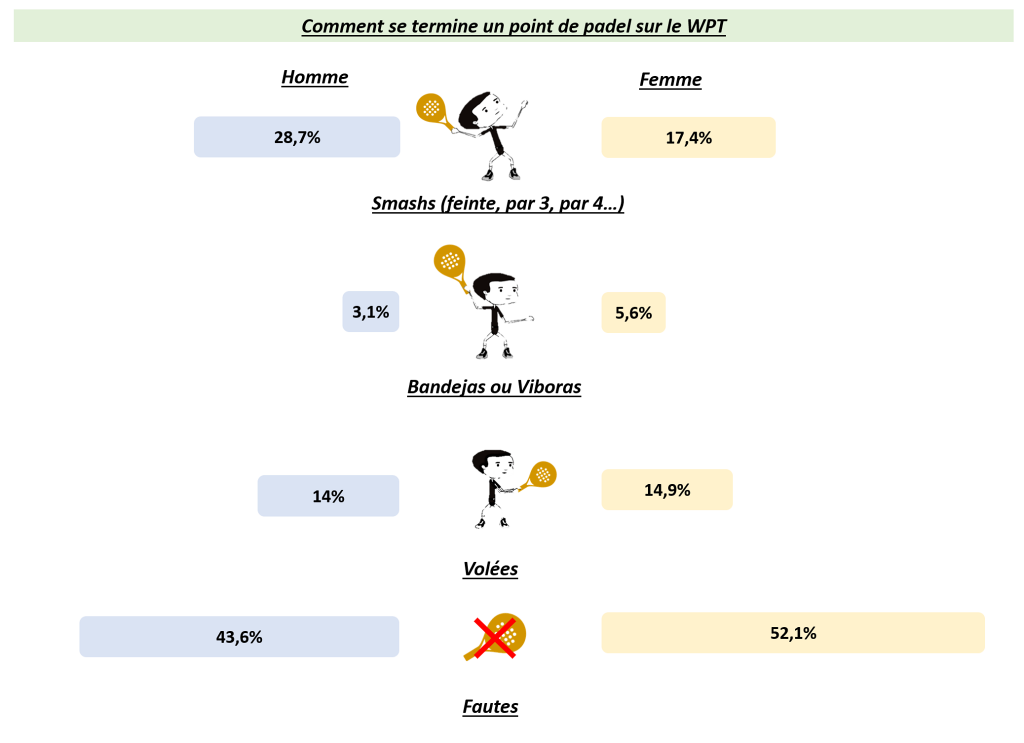
First observation, strength is not everything! On the contrary, ladies and gentlemen, same fight: try by all means to put this ball in the field. You will have almost a 2 in XNUMX chance of winning the point.
In the ladies' category, it's more than one point in two that ends with a direct fault.
The big difference is mainly in the smashes. Unsurprisingly, the men won nearly a third of the points on a smash (par 3, par 4, feint of a smash ...)
On the other hand, the bandejas and viboras do not earn points directly. Is it that crazy? Not at all, these are shots that allow you to build a point before being in a smash position.
If we consider that the smashes are volleys, then for men we can however consider that this part is just as important as the share of unforced errors.
Statistics always complicated to achieve, especially when it is necessary to distinguish the unforced errors from the provoked ones. This is why it is mainly a question of talking about a trend. And we see that there are clearly clear conditions among the players of the World Padel Tour.
source: Facebook Padelonomics.
Franck Binisti discovers the padel at the Club des Pyramides in 2009 in the Paris region. Since padel is part of his life. You often see him touring France going to cover the major events of padel French.




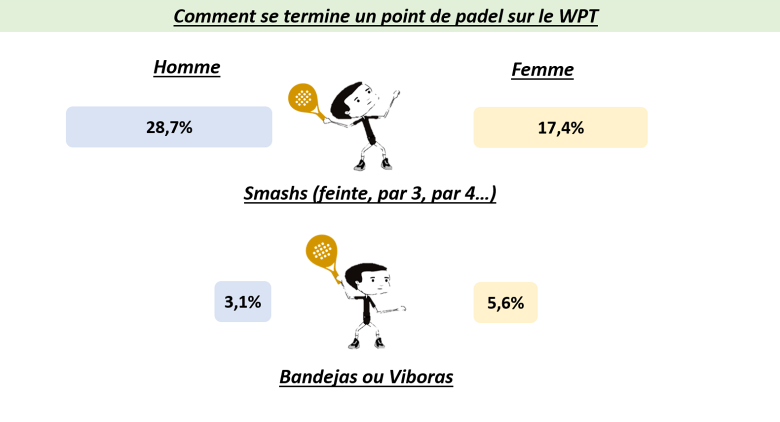































































































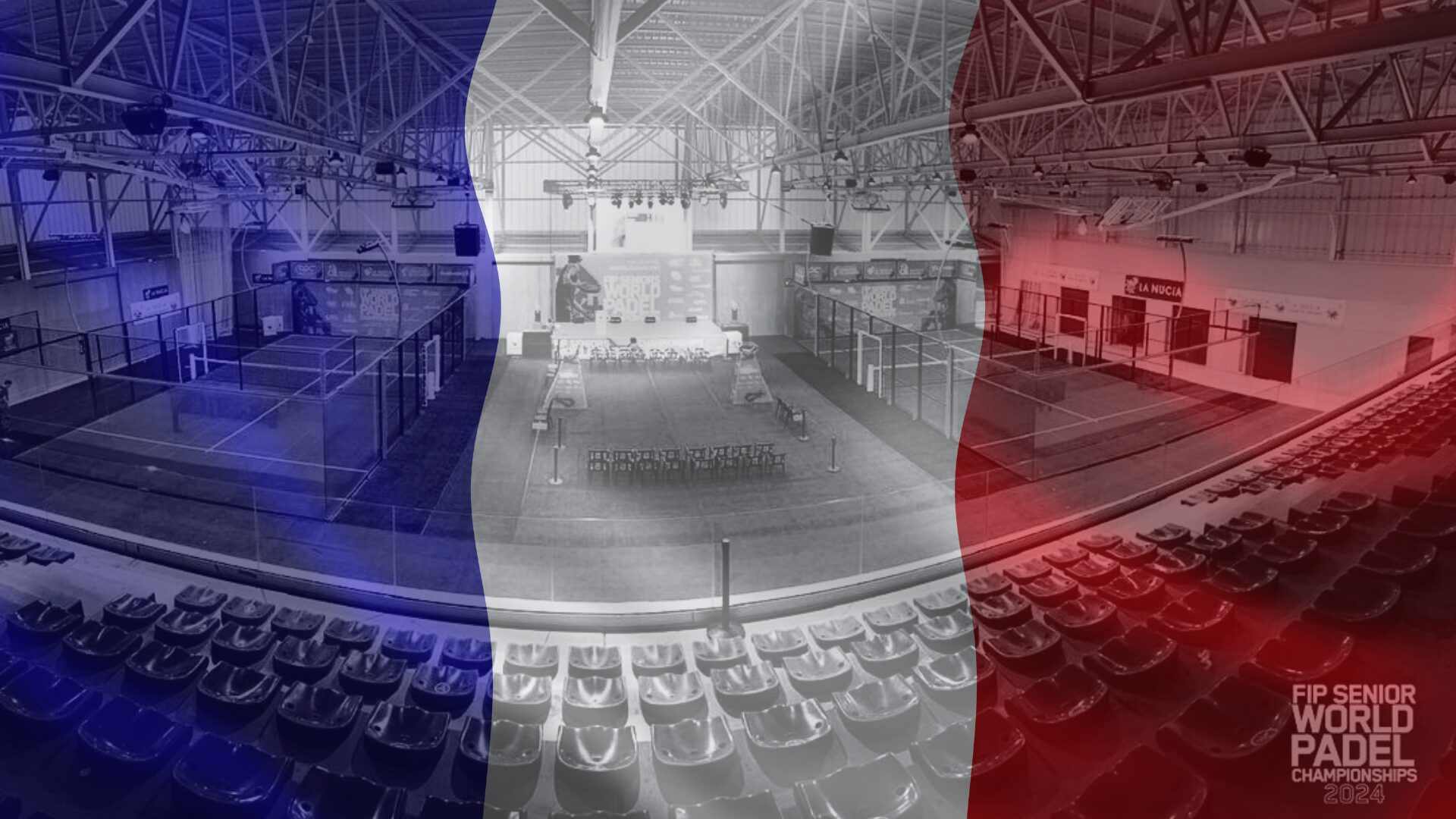 World Seniors Plus 2024 Open (M): four French pairs in the semi-finals, and the psychological advantage gained against the Italians!
World Seniors Plus 2024 Open (M): four French pairs in the semi-finals, and the psychological advantage gained against the Italians!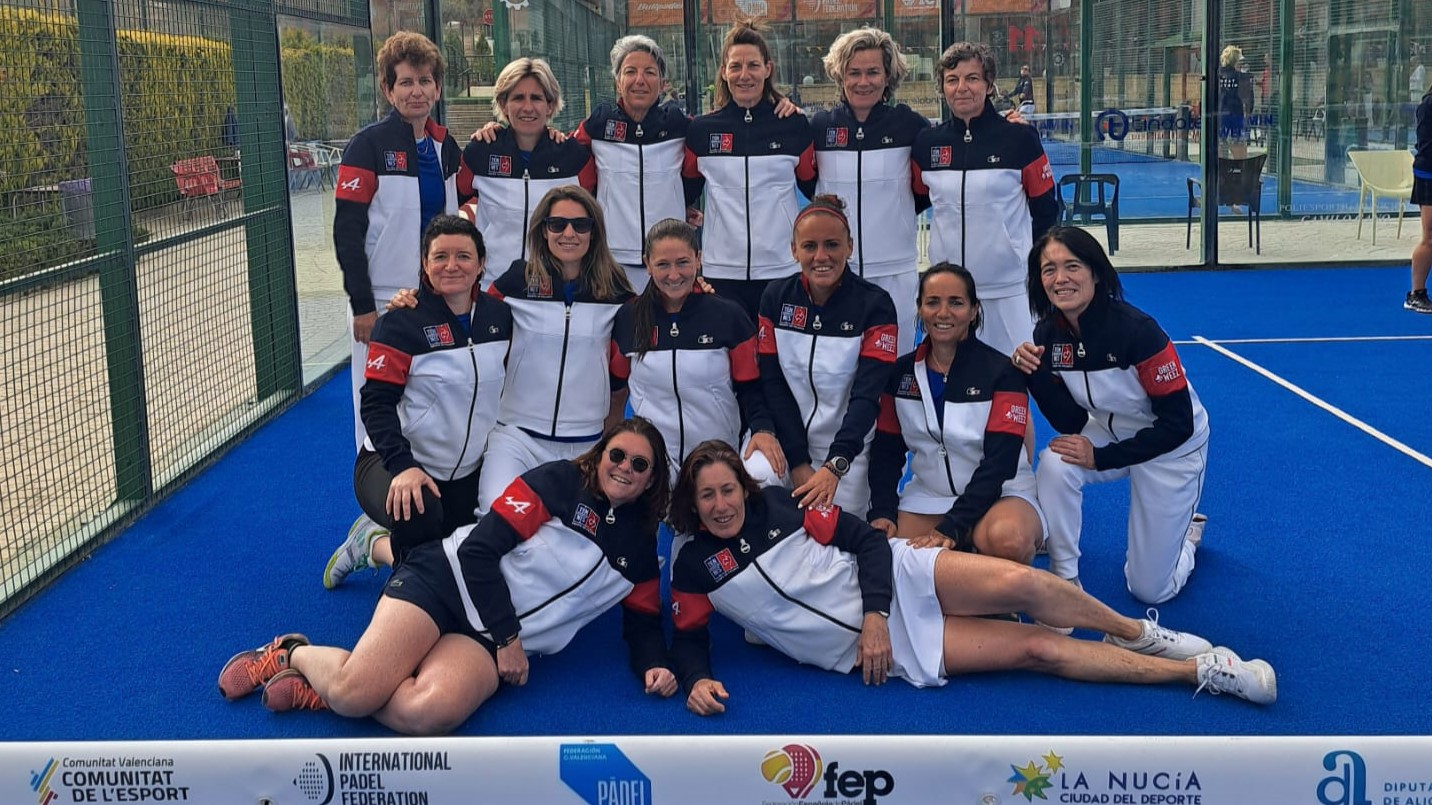 World Seniors Plus 2024 – The French women’s team in the final four!
World Seniors Plus 2024 – The French women’s team in the final four! How to effectively test a racket padel ?
How to effectively test a racket padel ? World Seniors Plus 2024 Open (F): heading to the quarter-finals for five French pairs!
World Seniors Plus 2024 Open (F): heading to the quarter-finals for five French pairs!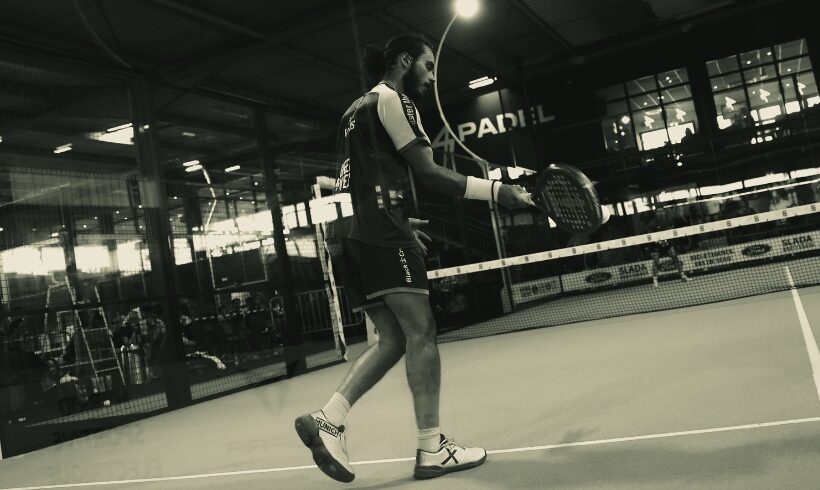 Manuel Vives: “It’s extremely difficult to get by financially”
Manuel Vives: “It’s extremely difficult to get by financially” And 4 for Frederick and Mehdy with network 4Padel !
And 4 for Frederick and Mehdy with network 4Padel !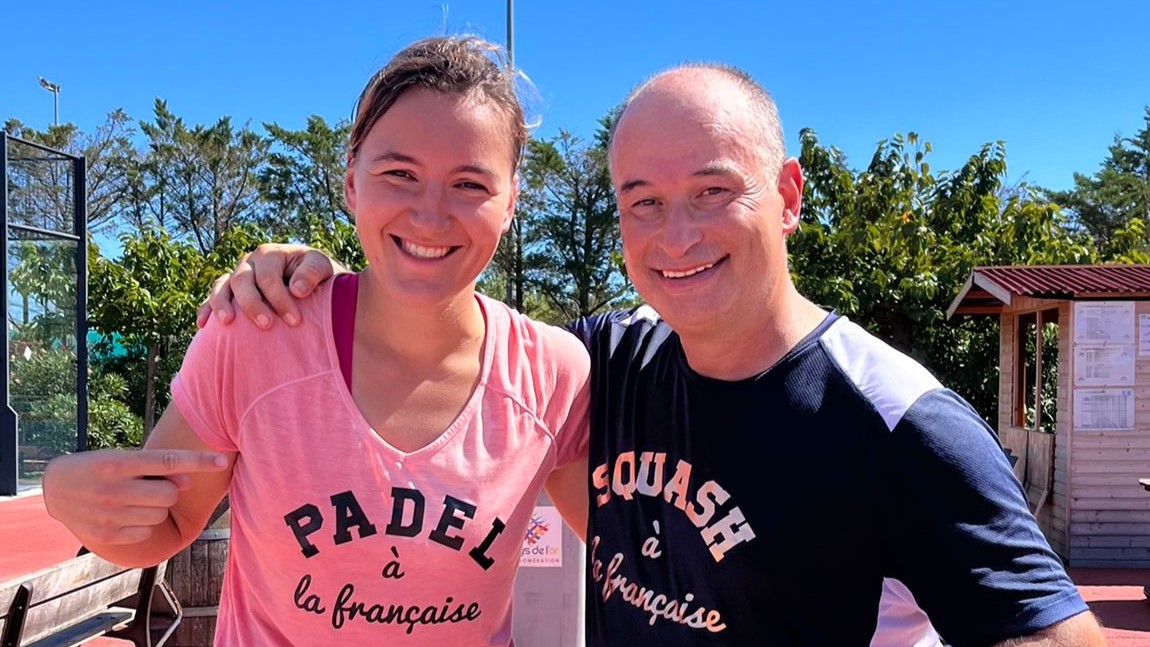 Benoît Letourneau (GM Squash & Padel): “Have a hundred young people in multi-snowshoes within three years”
Benoît Letourneau (GM Squash & Padel): “Have a hundred young people in multi-snowshoes within three years”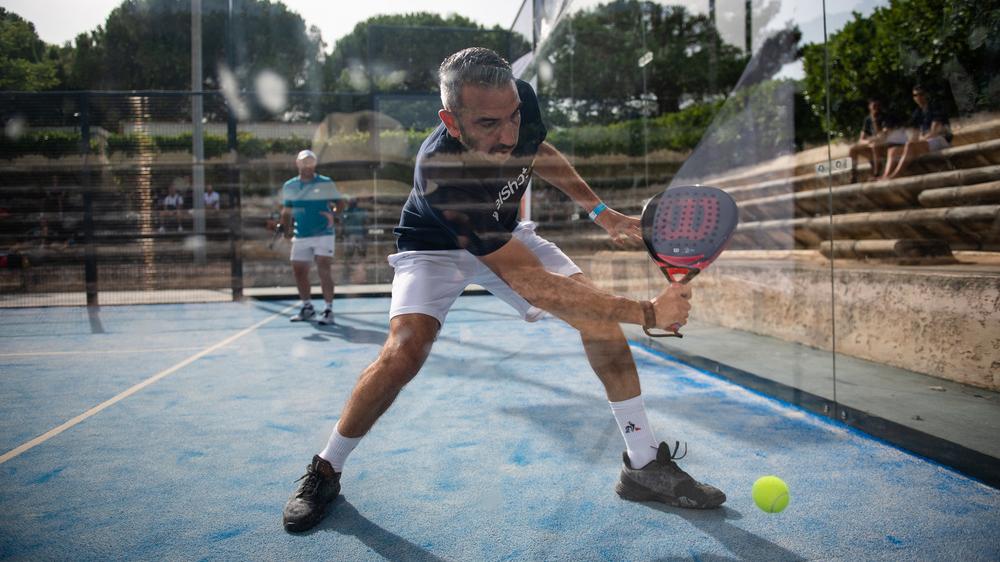 World Senior Plus – Simon Boissé: “Be in the first five places”
World Senior Plus – Simon Boissé: “Be in the first five places”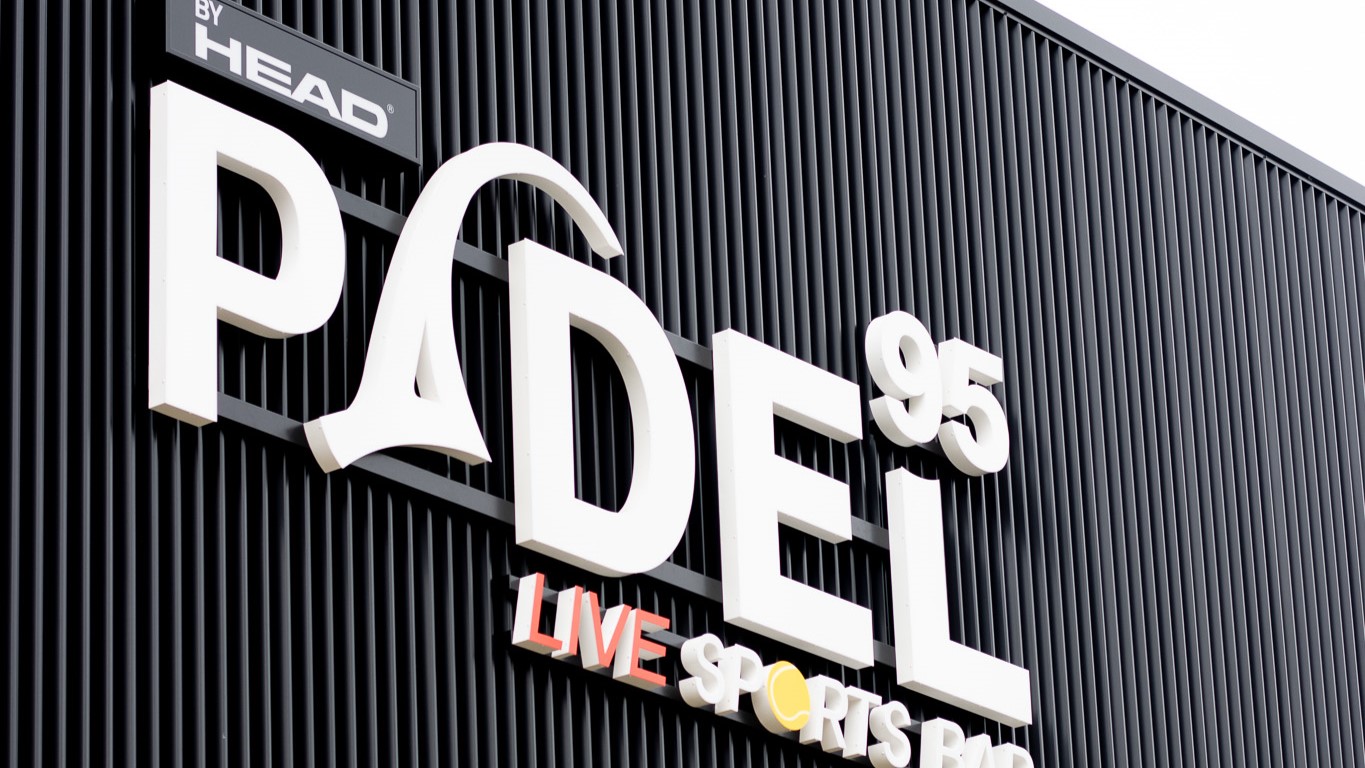 Padel 95: a brand new complex in Pontoise!
Padel 95: a brand new complex in Pontoise!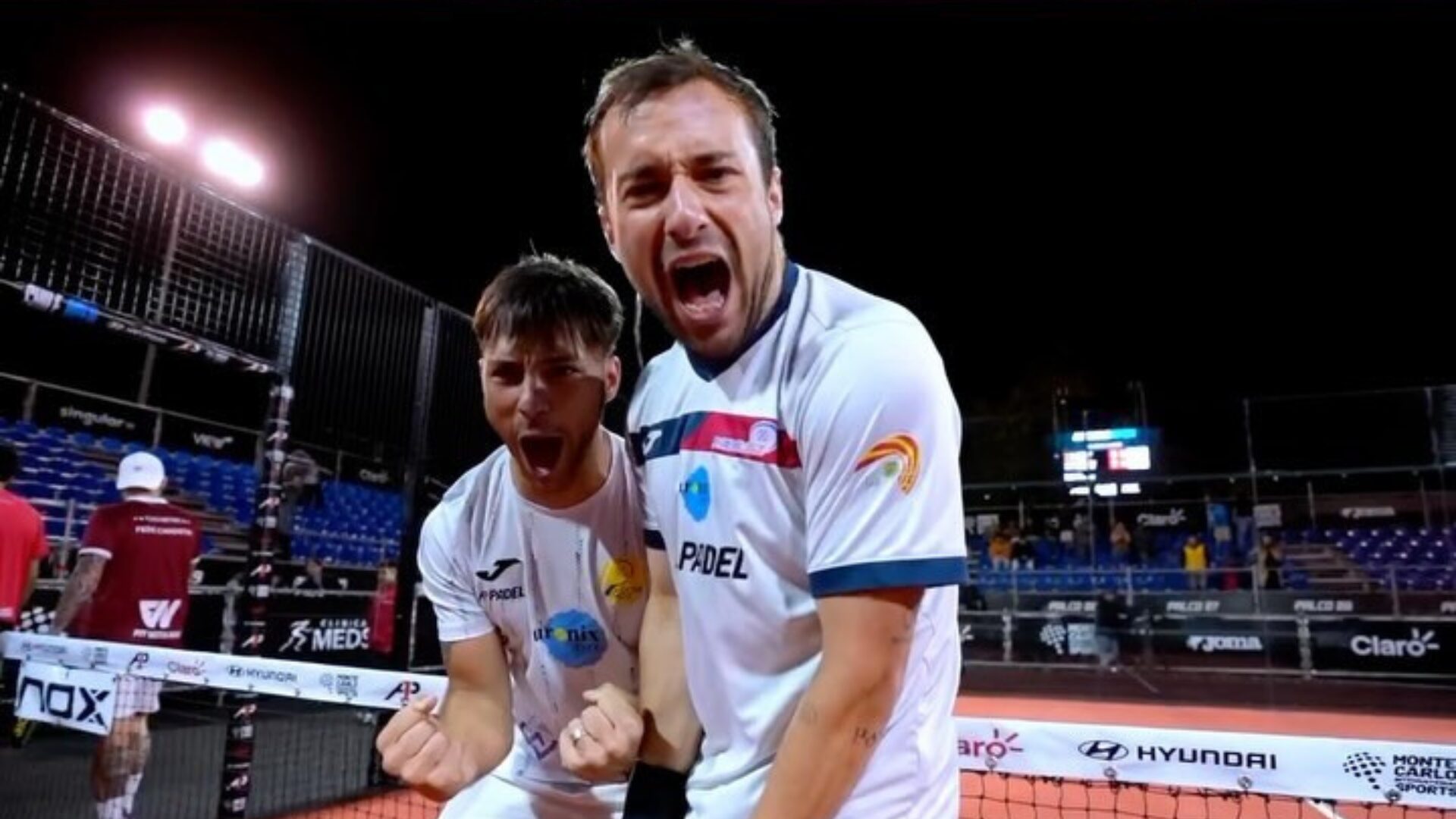 A1 Padel Chile Open – Chiostri and Sanchez eliminated, the eighths start strong!
A1 Padel Chile Open – Chiostri and Sanchez eliminated, the eighths start strong! Play at padel on his yacht? Possible for €233.000!
Play at padel on his yacht? Possible for €233.000! TOP Padel : “A premium club with 10 slopes in Toulouse”
TOP Padel : “A premium club with 10 slopes in Toulouse”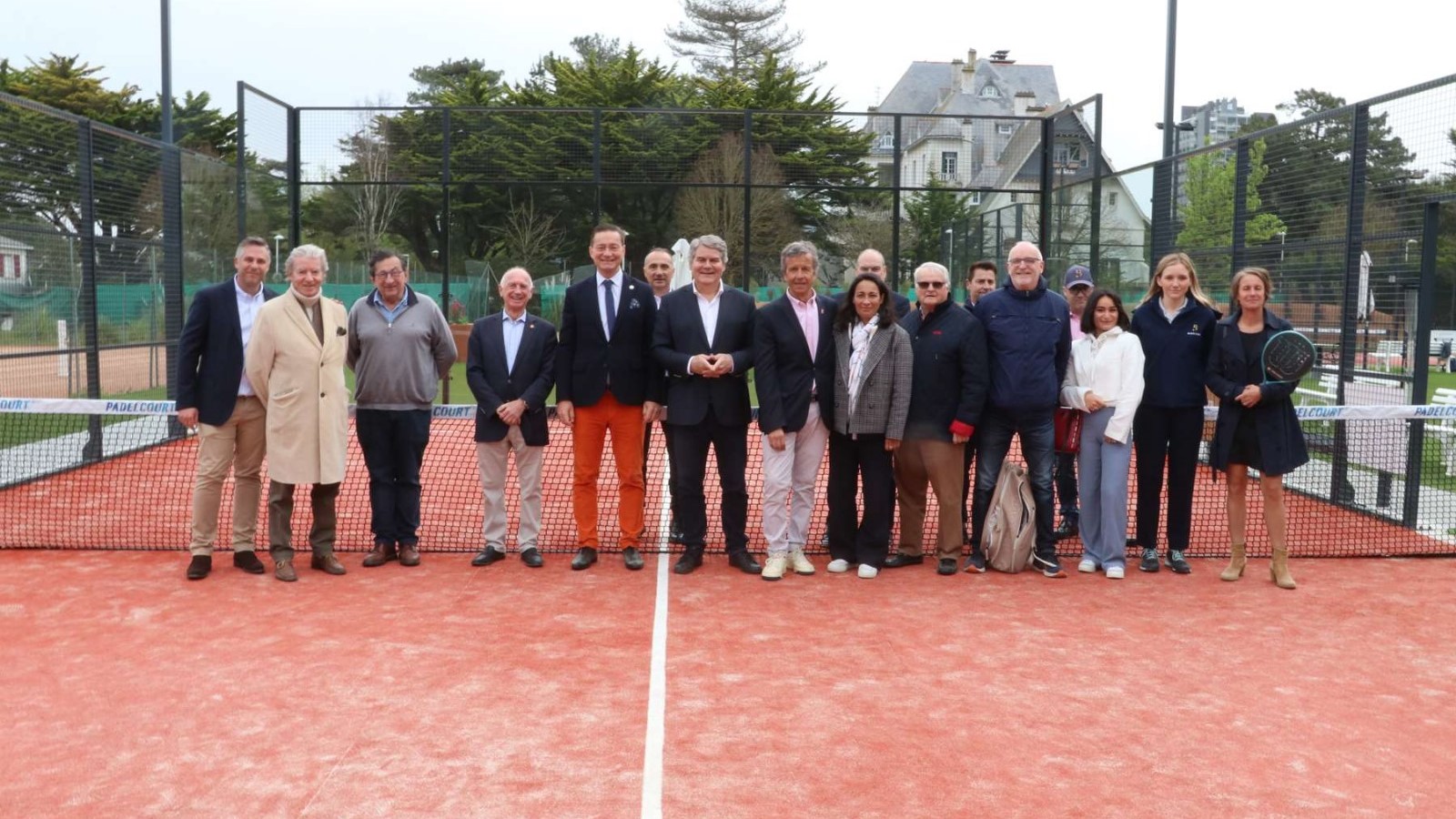 The padel of the Barrière Country Club are born in La Baule
The padel of the Barrière Country Club are born in La Baule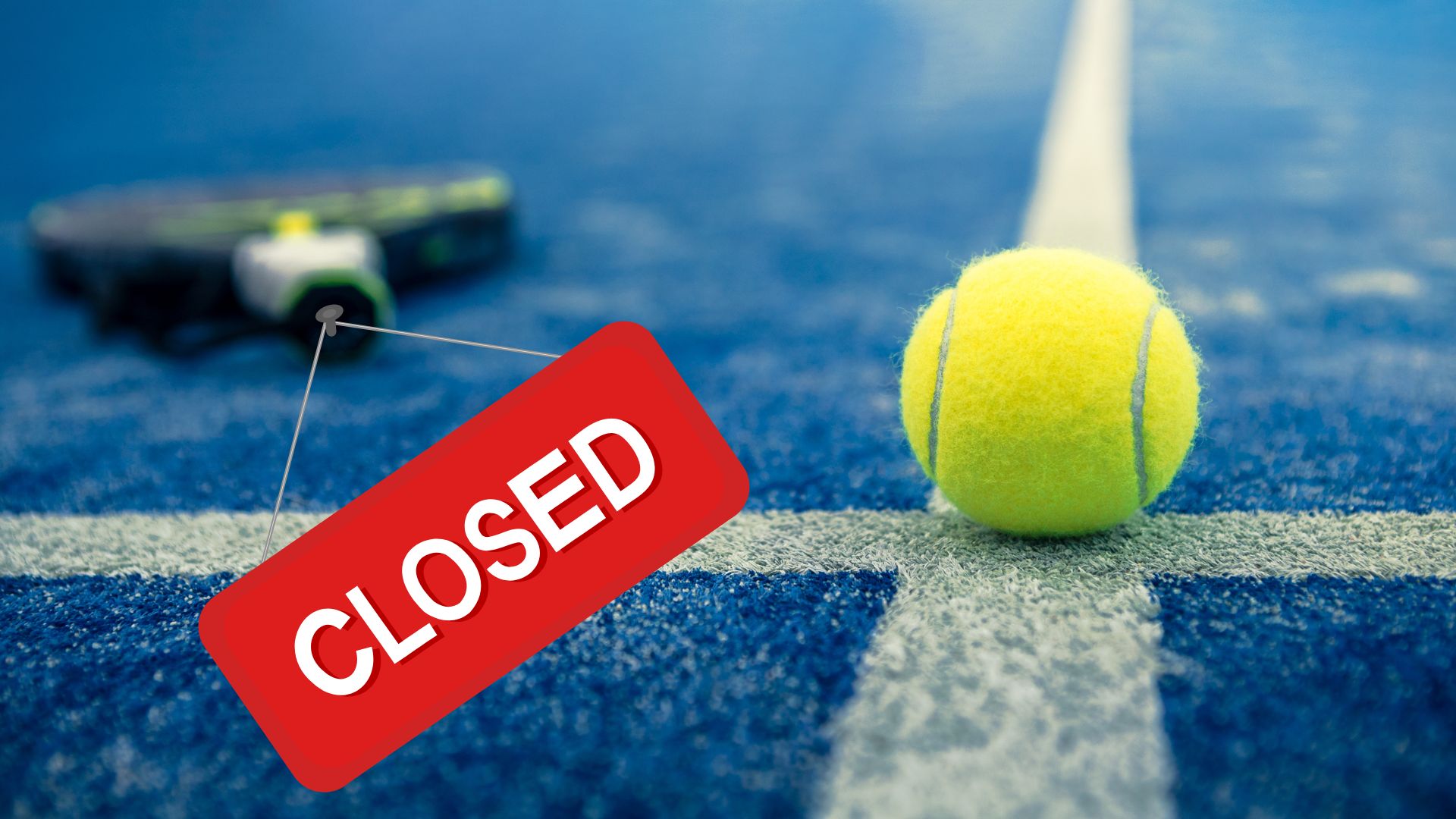 Why clubs padel do they close?
Why clubs padel do they close?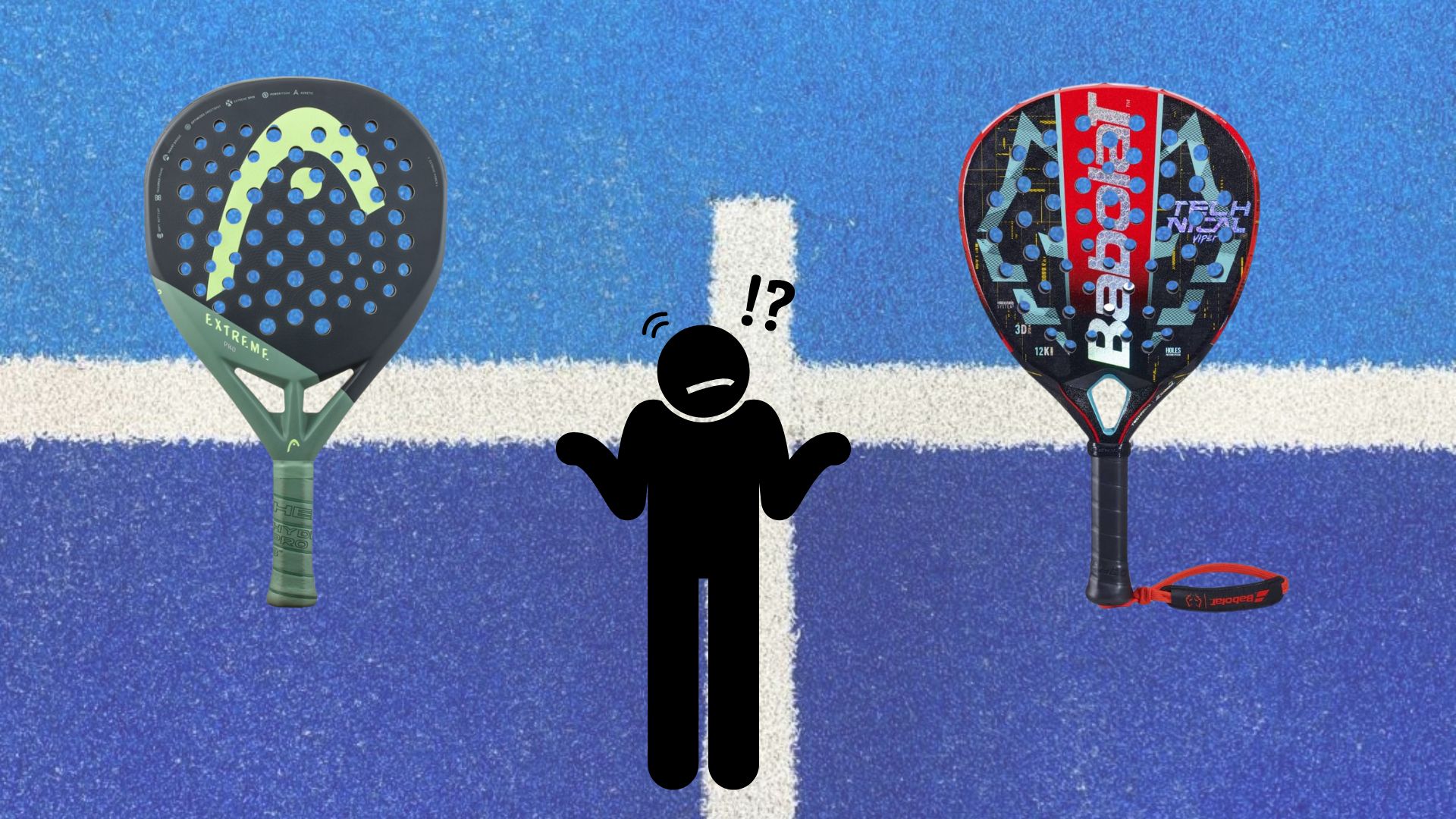 Which high-end racket to choose in 2024?
Which high-end racket to choose in 2024? At the heart of padel – Episode 24: Paul Daulan shares the evolution of his bandeja
At the heart of padel – Episode 24: Paul Daulan shares the evolution of his bandeja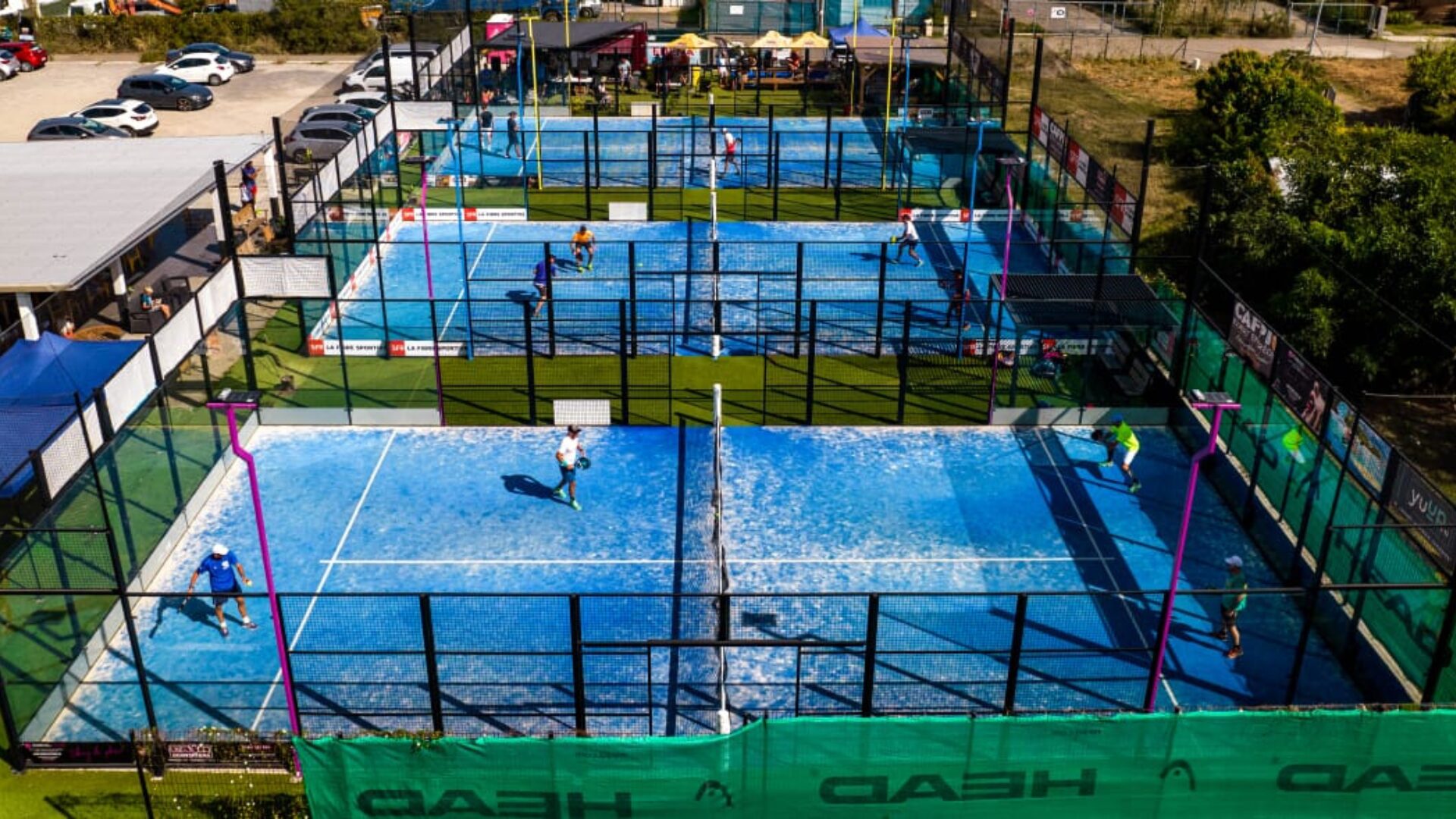 Why choose a track padel new?
Why choose a track padel new? At the heart of padel – Episode 23: defend the window well
At the heart of padel – Episode 23: defend the window well Prohibition on playing topless Padel : the reasons
Prohibition on playing topless Padel : the reasons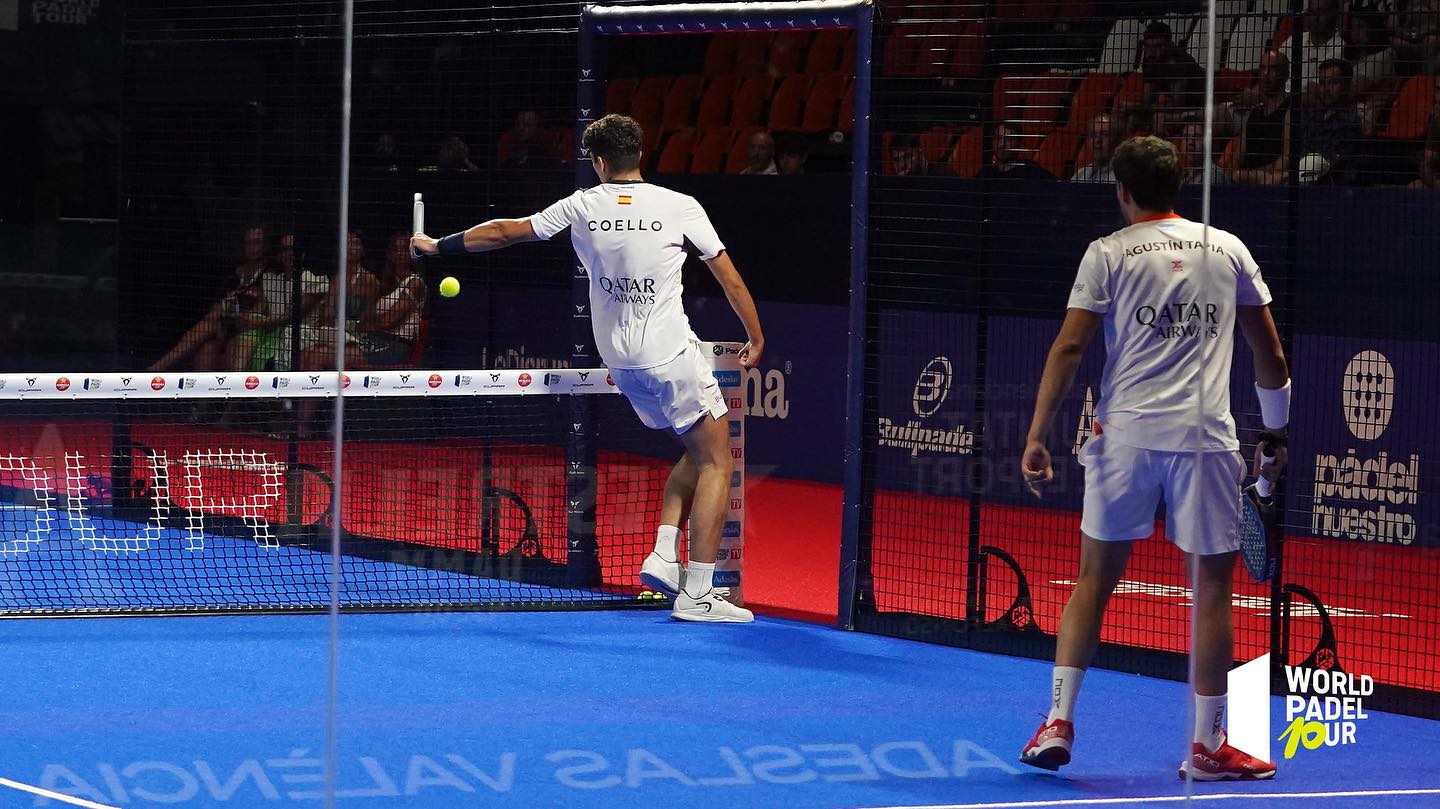 What is the difference between a dormilona, a dejada and a cushioned puerta?
What is the difference between a dormilona, a dejada and a cushioned puerta? FIP Tour – Going far from Europe, THE strategy to earn points!
FIP Tour – Going far from Europe, THE strategy to earn points! What is a good football player? padel ?
What is a good football player? padel ? “Lefties give me headaches when I play against them!”
“Lefties give me headaches when I play against them!” At the heart of padel – Episode 14: how to earn points in winter?
At the heart of padel – Episode 14: how to earn points in winter?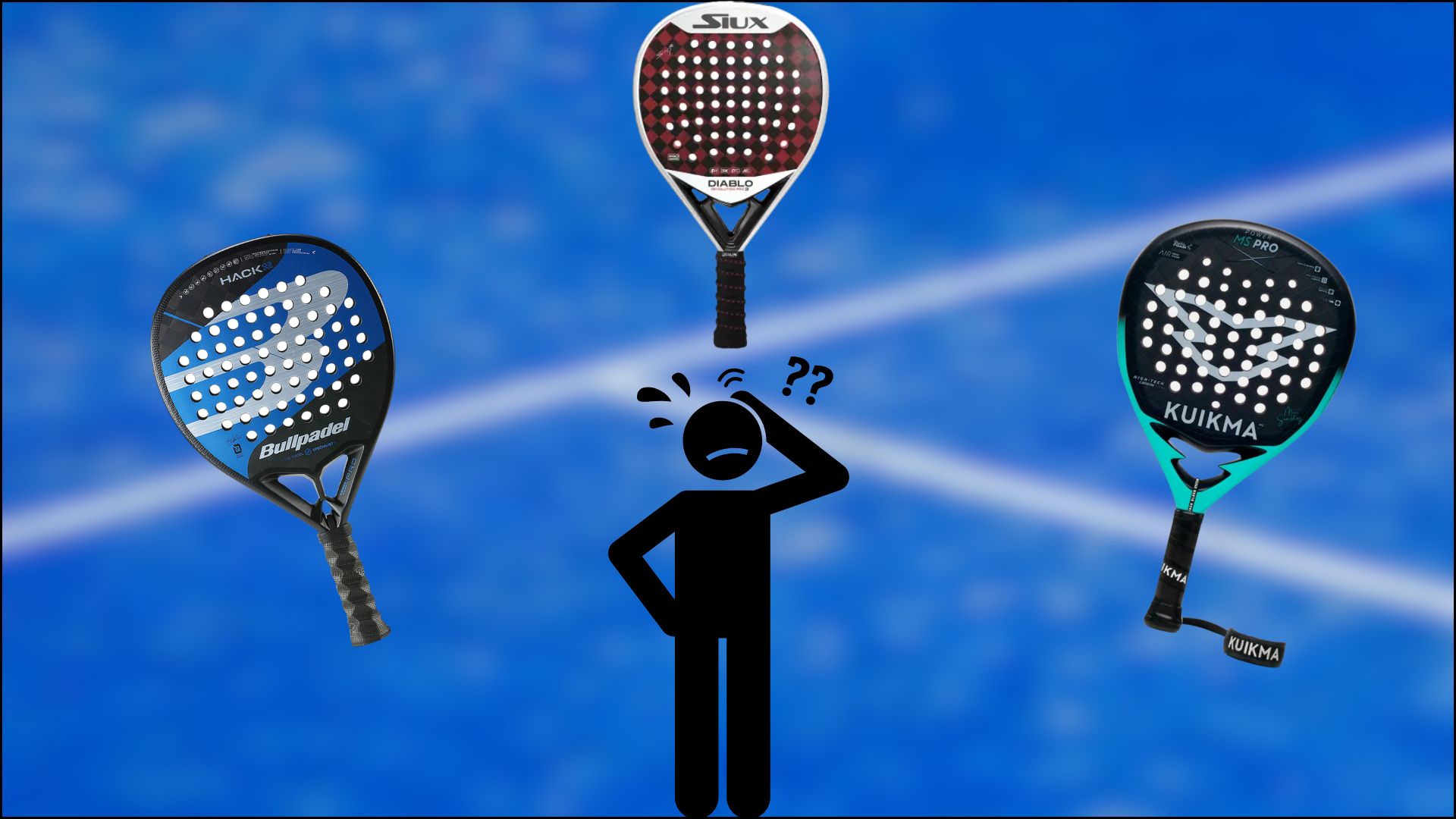 Choose your racquet padel in 3 steps
Choose your racquet padel in 3 steps La padel to fight Parkinson's disease
La padel to fight Parkinson's disease Don't play with a cracked or broken racket, your body will thank you!
Don't play with a cracked or broken racket, your body will thank you! Michel Cymes: “The padel, physically, it’s serious!”
Michel Cymes: “The padel, physically, it’s serious!” Jeremy Gala: “Promote the padel among young people in Belgium remains a challenge”
Jeremy Gala: “Promote the padel among young people in Belgium remains a challenge” The French Touch Academy organizes its selection day Padel-Study
The French Touch Academy organizes its selection day Padel-Study Report on the detection and training of younger generations
Report on the detection and training of younger generations Player's adult courses from April 8 to 21, 2024!
Player's adult courses from April 8 to 21, 2024!